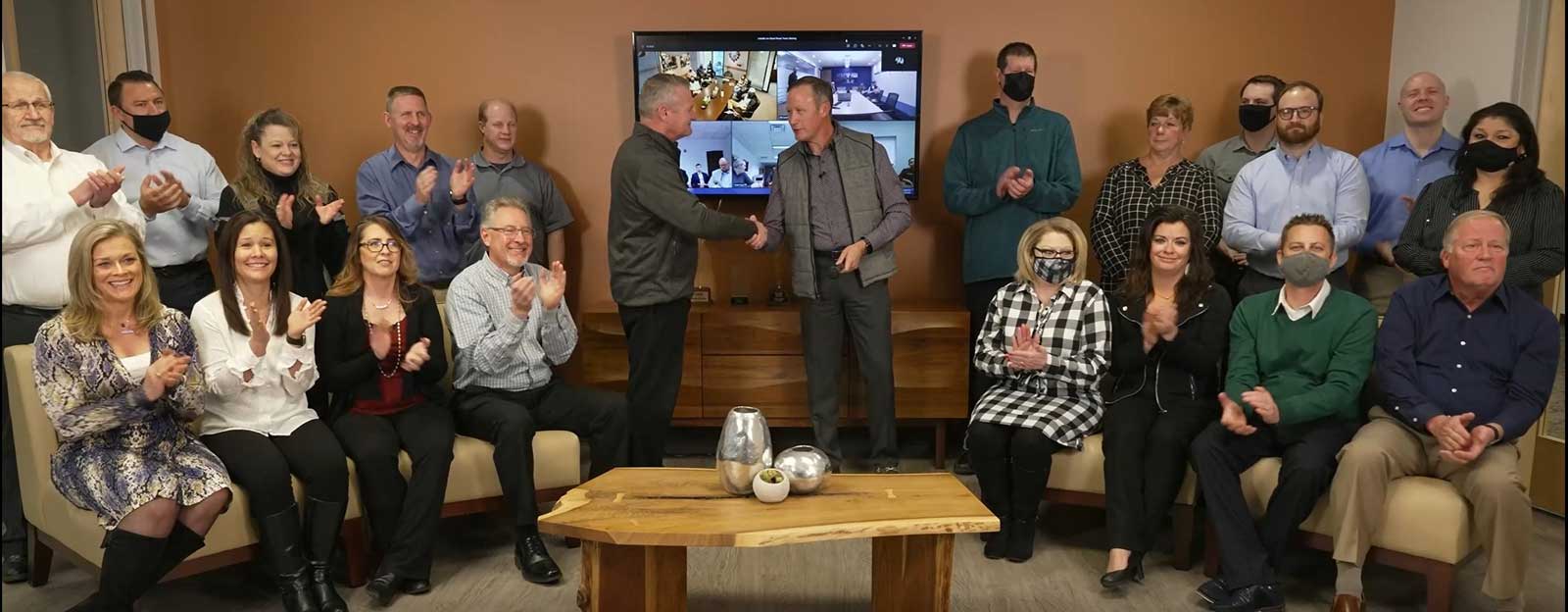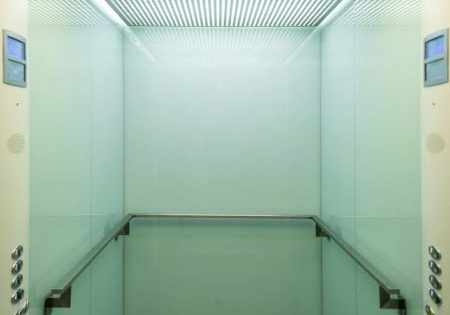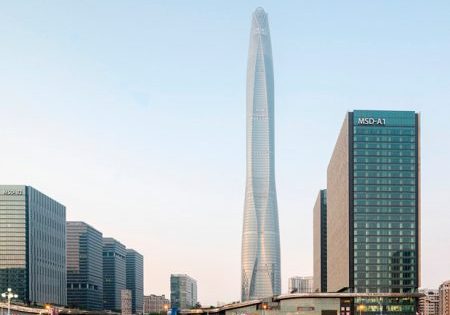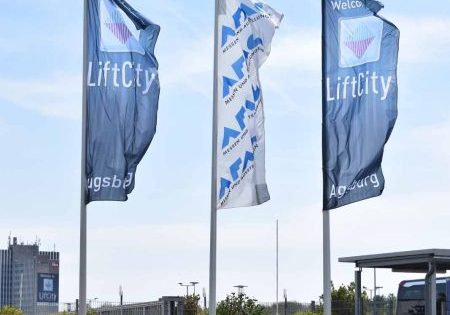Lerch Bates at 75: VT and Beyond
Jun 1, 2022

Consultancy unveils new logo and integrates divisions as it marks milestone.
Leaders and employees at Lerch Bates (LB), the Denver, Colorado-based consultancy, marked its upcoming 75th anniversary and unveiled a new logo on January 13 that reflects the integration of all specialties and services under one brand. During a virtual event livestreamed on LinkedIn, CEO Bart Stephan, President Eric Rupe and others cheered as the new logo — featuring bright green rather than the orange and blue with which the company has been associated for decades — was unveiled before a backdrop of shooting fireworks. The new identity also signifies the retirement of the names and logos of LB’s acquired companies. “With all this exciting change, it’s important to reiterate one point,” Rupe said. “Business cards, websites, invoices and collateral may change, but the people you’ve historically turned to for building insight are all still the same.”
A Long and Rich History
Founded in 1947 by Charles W. Lerch as an elevator consultancy (many would say the first), LB continues to evolve and innovate, Stephan observed. LB chose bright green for its new identity and logo to place its sustainability practices “more front and center for the next chapter of our company (see sidebar),” Rupe said. He told your author:
“We see how our services affect the environmental impact of our clients’ projects every day, and we’re compelled to share that with our peers. We see ourselves as a driving force in the industry pushing for collective change.”
Rupe and Stephan were joined by Chief Financial Officer John Arther and employee/owners from the global support center and regional offices. Approximately 2,000 people from North America and all parts of the world tuned in to the event, which delved into company history, multidisciplinary growth through acquisitions, dedication to sustainability, navigating the pandemic and how LB’s business revolves around five key values: ownership, optimism, integrity, community and respect. It wrapped up with a question-and-answer session.
As much as things have changed, a few — such as the company mission statement and values — remain the same, Arther reiterated. “We are employee/owners committed to our communities and to delivering innovative solutions to create safe, sustainable and impactful built environments for all,” Arther said, elaborating on each of the key values.
Many Milestones
Stephan explained that LB has been 100% employee-owned for 36 years, and highlighted some of its “firsts” in consulting specialties: elevators, logistics and façade access. Walking viewers through a history of “innovation and evolution” that began with elevator engineer Lerch, he pointed to various milestones, including:
- 1964, when, after 17 years of solid growth, Quentin Bates joined the firm, then known as Charles W. Lerch and Associates
- 1974, when LB was incorporated as Lerch Bates and Associates
- 1984, when the Health Care (now Building Logistics) division was added following the building boom of the 1980s, leading clients to ask questions “about much more than elevators.”
- 1985, when the Façade Access Consulting Group was created through the acquisition of Citadel Consulting
- 1986, when the company became 100% employee-owned as an ESOP, or employee ownership stock plan, entity
During the Q&A session, LB Controller Scott Neelley elaborated on the concept of ESOP. Neelley said:
“It probably has a little different meaning to all of our employee/owners. But, for me, it’s about ownership structure and being able to pay out shares every year to all employee-owners. An ESOP comes with certain rights and responsibilities that benefit our employees, as well as our clients. It benefits employees because they get to share in LB’s success every year. And, our clients can count on the fact that we take ownership of the service we provide.”
Nearly 30 years after becoming a 100% ESOP company and enjoying steady, organic growth, a period of inorganic growth was ushered in. From 2014-2021, a series of acquisitions further strengthened LB’s specialties and expanded its geographical footprint: Dewar Partnership (Europe), 2014; Joseph Neto & Associates (NYC) in 2015; Pie Consulting & Engineering (Arvada, Colorado) in 2020; and Axis Facades (San Diego) in 2021. Arthur said that when acquiring companies, LB looked for those that that shared with LB a dedication to sustainability, “unparalleled technical expertise” and focus on serving “clients as real partners and not just as a third-party consultant.” Today, LB has approximately 400 employee/owners and is actively hiring.
In 2022 and beyond, LB aims to champion its multidisciplinary character, Rupe said, adding:
“LB has intentionally and specifically expanded its specialties and services to become a single source for our clients. No matter what phase a building is in or where their problem lies, we can partner with them to create a solution that optimizes performance, reduces risk and generates more [return on investment] for our partner clients.”
Rupe listed the firm’s areas of expertise which, in addition to VT consulting, include building logistics, forensics, façade access and equipment maintenance; and enclosure design, access and engineering. Its building lifecycle service called Lerch Bates Solutions aims to optimize performance during management, repair or modernization. “Our participation in all phases of a building’s lifespan across multiple specialties and spanning nearly every building typology means that we build insight into the built environment for the benefit of our client partners,” Rupe said.
An attendee, who is an architect, asked what the benefits are when using a single consultant for multiple technical disciplines. Drew Stephenson, Lerch Bates Solutions manager, responded by saying doing so during the design phase optimizes building logistics and operations system synergies, such as back-of-house waste management material handling functioning in concert with front-of-house vertical-transportation (VT) needs for minimal disruption to tenants and visitors. He elaborated on the long-term benefits, saying:
“When it comes to VT, our Solutions program helps our clients plan long-term for maximized uptime and ensures they’re getting the most ROI by avoiding unexpected maintenance or untimely repairs. Our focus on comprehensive portfolio management takes the stress off our clients, who often don’t have the time or technical insight that multi-unit asset management requires. These same portfolio-wide strategies only get better when we’re managing — and planning for — other building operations system needs and cross-referencing activities in each area to optimize maintenance team time onsite, as well as scheduling of modernization or performance upgrades.”
Pandemic’s Silver Lining
A silver lining of the COVID-19 pandemic was that, during 2020 and 2021, LB carefully considered how it could better serve its clients, Rupe said. Part of that, he said, brought the company to the day of the announcement that all its partner businesses and employee/owners would be fully integrated. He said:
“We are the same LB in the sense of mission, values and business pillars, but with fresh perspectives and the enthusiastic leadership and ownership of our many, many new employees from recent acquisitions. In 2022, we’ll embrace our newly extended family and our newly expanded expertise, as well as our enhanced awareness of just how quickly things can change. Plus, it’s our 75th anniversary, and we’re certainly at the precipice of a new era of the LB legacy. So what better time to unveil a new brand identity?”
Get more of Elevator World. Sign up for our free e-newsletter.








